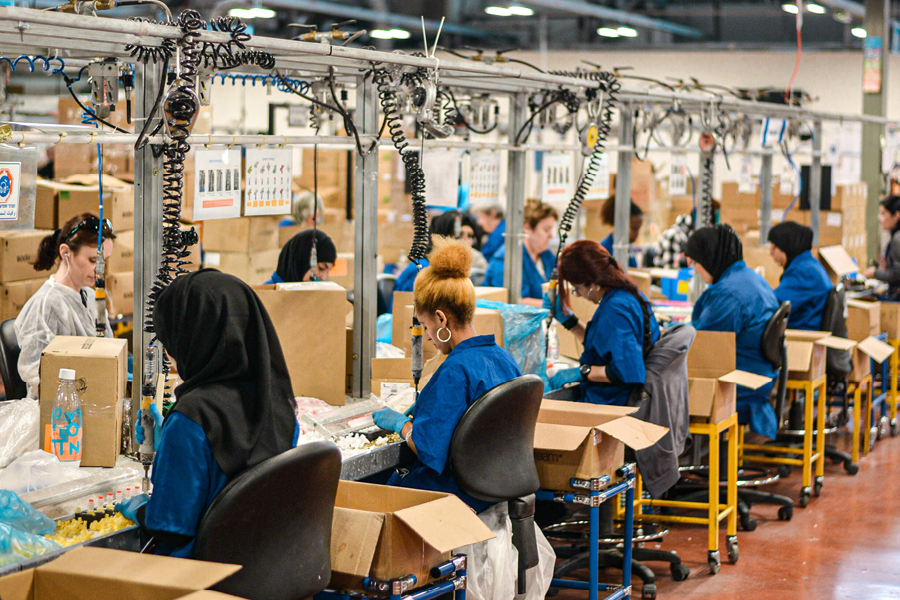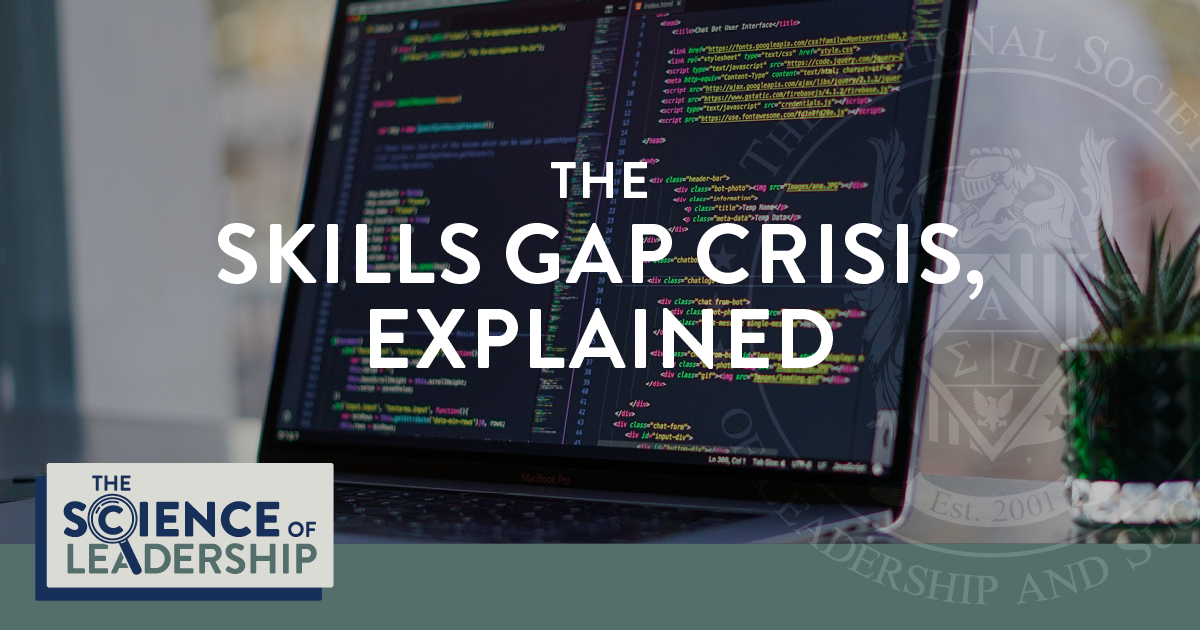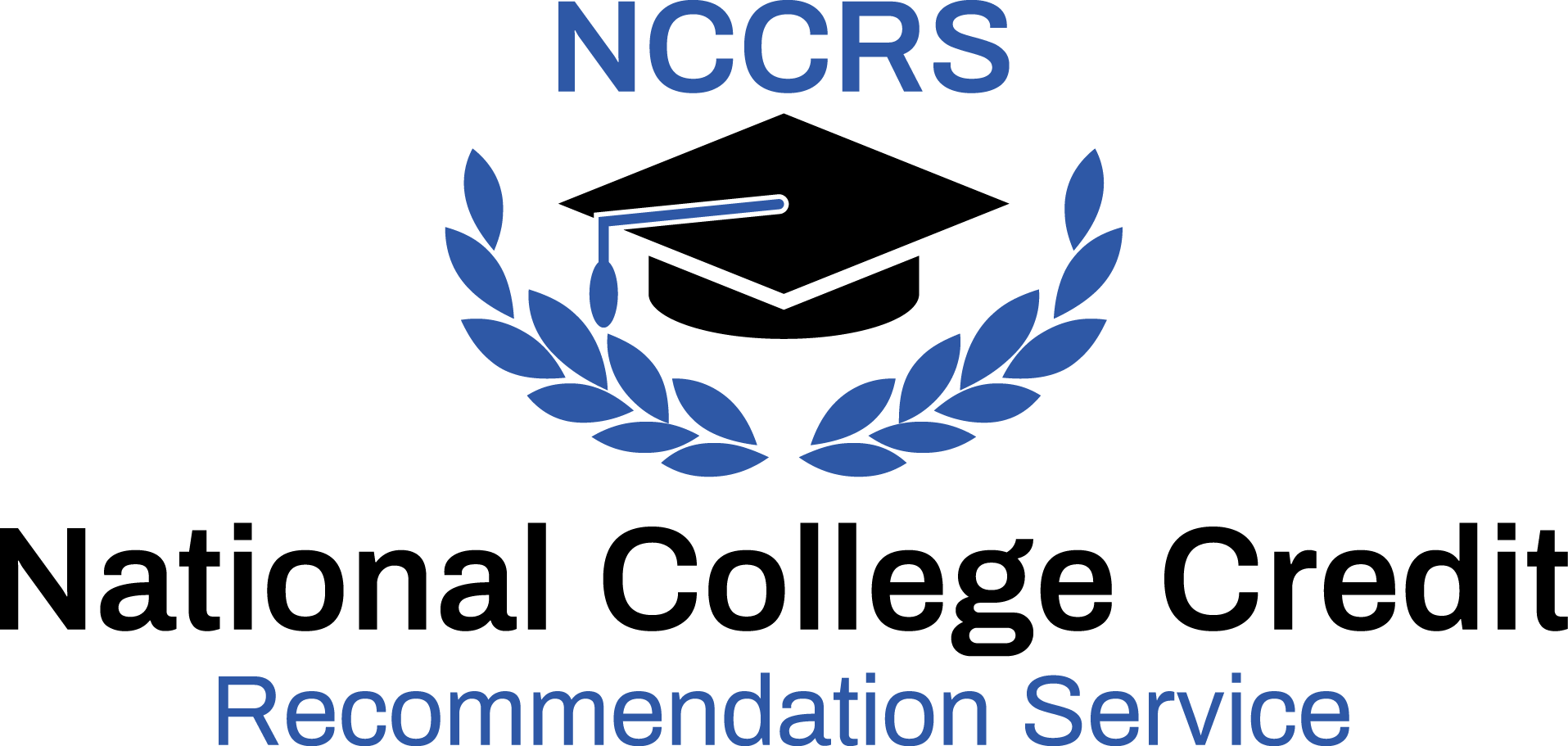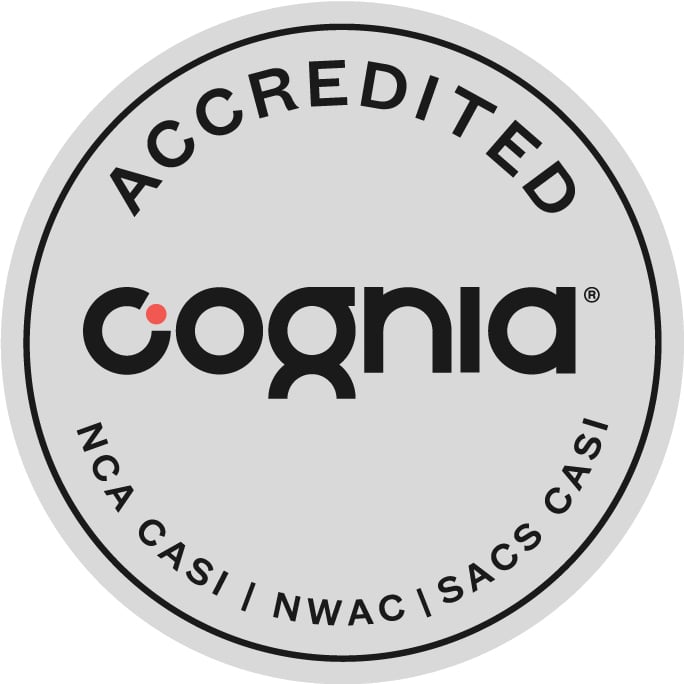When a new generation enters the workforce, many are quick to list all of the ways that the new cohort differs from those that came before, focusing mainly on how the generation impacts the workplace.
But if you pull back and look more broadly, there are typically more similarities than one might think—sometimes even huge issues can impact multiple generations, just in different ways.
Case in point: the skills gap crisis.
It’s a major problem for all four generational cohorts that currently make up the workforce, which are Gen Z, millennials, Gen X, and baby boomers.
But why?
This week in The Science of Leadership, we explore the so-called “skills gap crisis” and dig into what leaders can do to support and develop workers no matter their generation.
What is the skills gap crisis?
Before we dive into how skill gaps impact specific generations, we must first understand the broader scope of the crisis.
The “skills gap crisis” refers to the fact that many organizations are finding that their workers no longer have the proper skills to perform their roles effectively. In a recent report from McKinsey, 87 percent of companies surveyed claimed they currently have skill gaps or will have them within the next two years.
Those findings were backed up by another study from Gartner, in which they report: “HR leaders are finding it increasingly difficult to quickly find and develop talent with the most in-demand skills, yet 58 percent of the workforce needs new skills to get their jobs done.”
In other words, as jobs shift and evolve, workers simply aren’t keeping up with their development. To make matters worse, the number of skills it now takes to master one role successfully is increasing.
According to the Gartner study, this number of skills has increased by 10 percent since 2017 and will continue to rise. To put it another way, it now takes a plethora of skills to perform a single position instead of it being okay to just specialize in one thing.
For example, millions of workers were forced to abruptly increase tech skills they didn’t have before they had to work remotely. To perform their roles at a basic level, they needed to master video conferencing, remote project management tools, chat systems, and many other things that weren’t mandatory in 2019.
What causes skill gaps?
Given that so much data is available about the shortage of skills, the next logical question is: what’s causing all of this?
The short answer is technology. As technology increases, workplaces evolve, and some roles become redundant due to automation or other breakthroughs like artificial intelligence (AI) that can perform routine jobs. Many studies suggest that millions of jobs will be completely automated in the near future.

While the figures constantly shift, the number is always in the tens of millions, with McKinsey claiming in the past that over half of all global job “activities” or aspects that make up most jobs could be automated in some form. They found that roughly five percent could be automated completely.
The fourth industrial revolution
Given all of these doomsday statistics, the increases in AI and automation has led to what many are calling the Fourth Industrial Revolution.
“The Fourth Industrial Revolution is a way of describing the blurring boundaries between the physical, digital, and biological worlds. It’s a fusion of advances in AI, robotics, the Internet of Things (IoT), 3D printing, genetic engineering, quantum computing, and other technologies,” reports Salesforce.
“As a result of this perfect storm of technologies, the Fourth Industrial Revolution is paving the way for transformative changes in the way we live and radically disrupting almost every business sector. It’s all happening at an unprecedented, whirlwind pace.”
Technology has done this to workers over and over again. A new form of labor-saving technology is introduced, and workers have to adapt and develop new skills to remain viable in the labor market.
What generation is most impacted by skill gaps?
The elimination of certain jobs will impact workers from every generation; however, the most impacted by technological change will be older workers who have not continuously developed their skill sets.
If someone spent most of their career performing data entry—a job that is on the decline—and hasn’t started developing up-and-coming skills, like data analytics, they may be left behind.
That’s just one example. There are many singularly focused roles that have one specific task to perform that are at risk due to technological advancement. The safest jobs require worker input, such as leadership positions, creative roles, analytical roles, etc.
To answer the question directly, we can turn to a 2017 Indeed study that analyzed which jobs people from different generations clicked on when searching for a new role.
In short, the team took all of this data collected from job seekers and divided them into different job groups; one being “skilled” the other being “manual.” Then, those two groups were divided again into “routine skilled” and “routine manual,” depending on how much worker input was needed.
By sorting the jobs this way, the team could examine which generation picked the most number of jobs with skill sets that are at risk for automation.
“Over half, 51.2 percent, of baby boomers were drawn to routine-heavy or ‘automation-prone’ openings. Millennials were close behind as 49.8 percent were attracted to such work. Among Gen Xers, the figure was slightly lower at 49 percent,” reports The Washington Post.
This study was from a few years ago, but it still highlights that nearly half of all people choose roles that are at risk.
The skills gap and gen z
So what about Gen Z? Where do they fit into this equation? Well, in a previous article of The Science of Leadership, we explored how the pandemic has created a skills gap unique to Gen Z: the soft skills gap.
Numerous studies have suggested that the pandemic has slowed the development of Gen Z’s soft skills. One of the best glimpses into the topic comes from The Workforce Institute, which found that nearly a quarter of Gen Z says they’re unprepared to utilize skills such as:
- Negotiating (26 percent)
- Networking (24 percent)
- Speaking confidently in front of crowds (24 percent)
- Working long hours (24 percent)
For Gen Z to enter the workforce smoothly, these skills need to be developed primarily inside of the workplace instead of school.
It remains to be seen how this soft-skill gap will play out in Gen Z’s future. The generation has a massive advantage in terms of tech prowess, which is a significant factor in today’s workplace. With proper development, soft skills can be obtained and their skills gap reduced or eliminated.

One of the best ways leaders can help develop hard and soft skills for their workforce is to create pathways for employees to advance based on their needs. By making development opportunities and supporting people as they increase their skills, organizations can improve their talent pool and help future-proof their workforce.
Take upskilling and reskilling, for example.
Upskilling and reskilling to combat skill gaps
For hard skills, upskilling and reskilling programs offer great ways to help employees.
Upskilling is when people enhance their skill sets to meet current workplace needs. For example, someone who performs data entry can start developing the skills needed to become a data analyst or data scientist.
Reskilling is similar but it involves completely changing a role and developing the skills required to successfully perform. Reskilling is a career change from a declining role into a more favorable one. Many people from different past positions take coding classes to become more competitive.
These developmental programs are a massive topic for HR and talent leaders because they help businesses perform better and provide value to workers, increasing engagement and retention rates in the process.
Soft-skill development
When it comes to soft skills, developmental programs are also key. For students, leadership development can increase skills like communication, emotional intelligence, conflict resolution, and many more.

The importance of soft skills can’t be understated. After all, soft skills are transferable skills that workers will carry with them throughout their entire careers. Put another way, hard skills help perform actual job tasks, but soft skills help build careers.
At the end of the day, hard-skill gaps will always emerge as tech marches forward, and soft-skill gaps will emerge if development is curtailed. What truly matters is how we make it possible, as leaders, for everyone to develop whatever skills they need to succeed.
The skills gap crisis: summary
Each generation currently in the workforce appears to have a skills gap in one form or another. Whether it be due to the constant advancement of technologies or because a global pandemic struck during one of the most critical developmental periods of their lives, workers need the tools to continuously develop and evolve.
The good news is that leaders can use tried and true strategies to ensure their workers—regardless of generation—thrive now and into the future.
The Science of Leadership connects cutting-edge leadership research to the real world.
Ready to dig deeper? Check out our recent article on Gen Z and soft skills. Watch our webinar about the importance of leadership development here. For administrators, starting an NSLS chapter is a great way to increase student soft skills while also increasing engagement rates. You can learn more here.
Have a burning question about any of the topics we’ve covered? Email us at blog@nsls.org. We’d love to hear from you.









